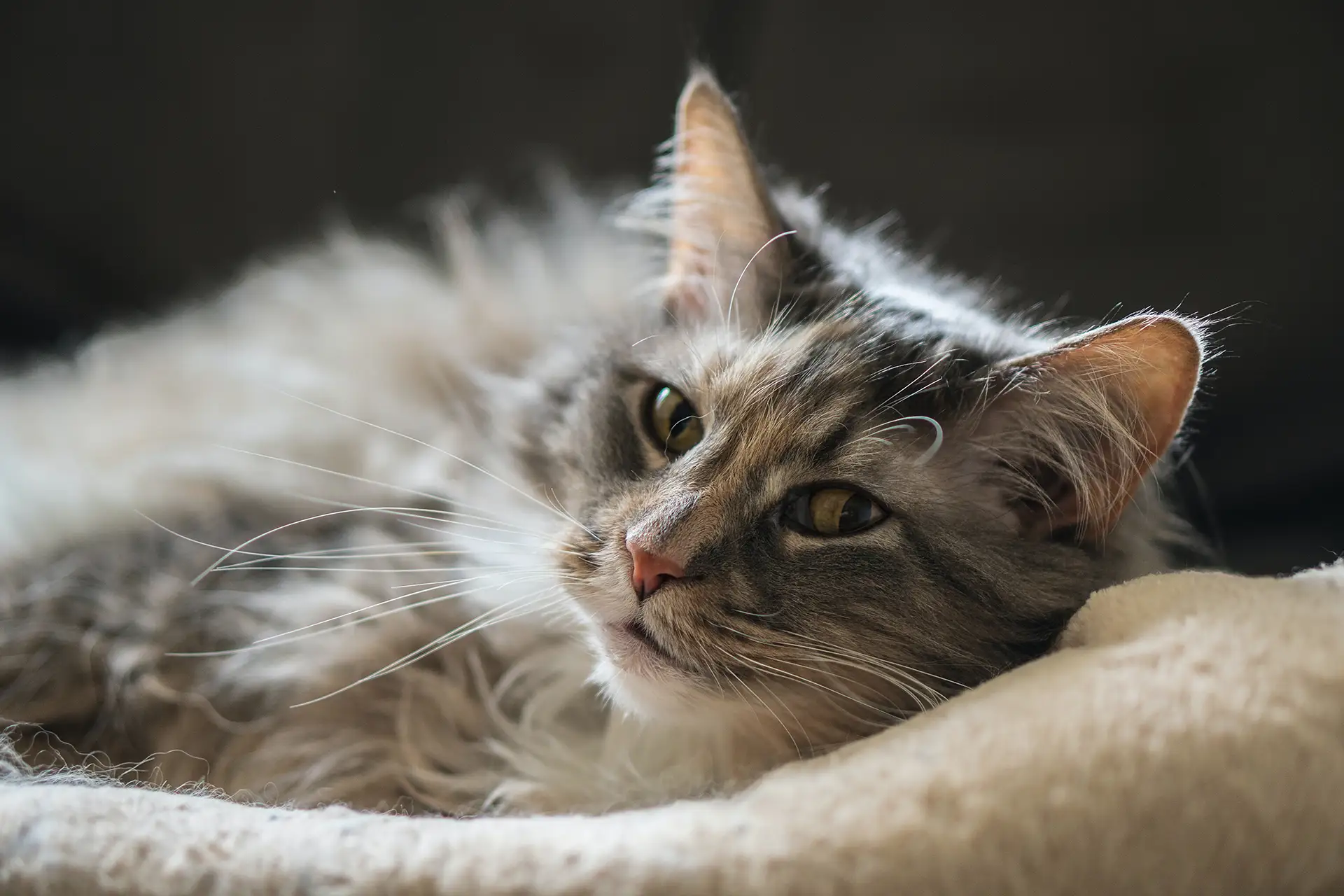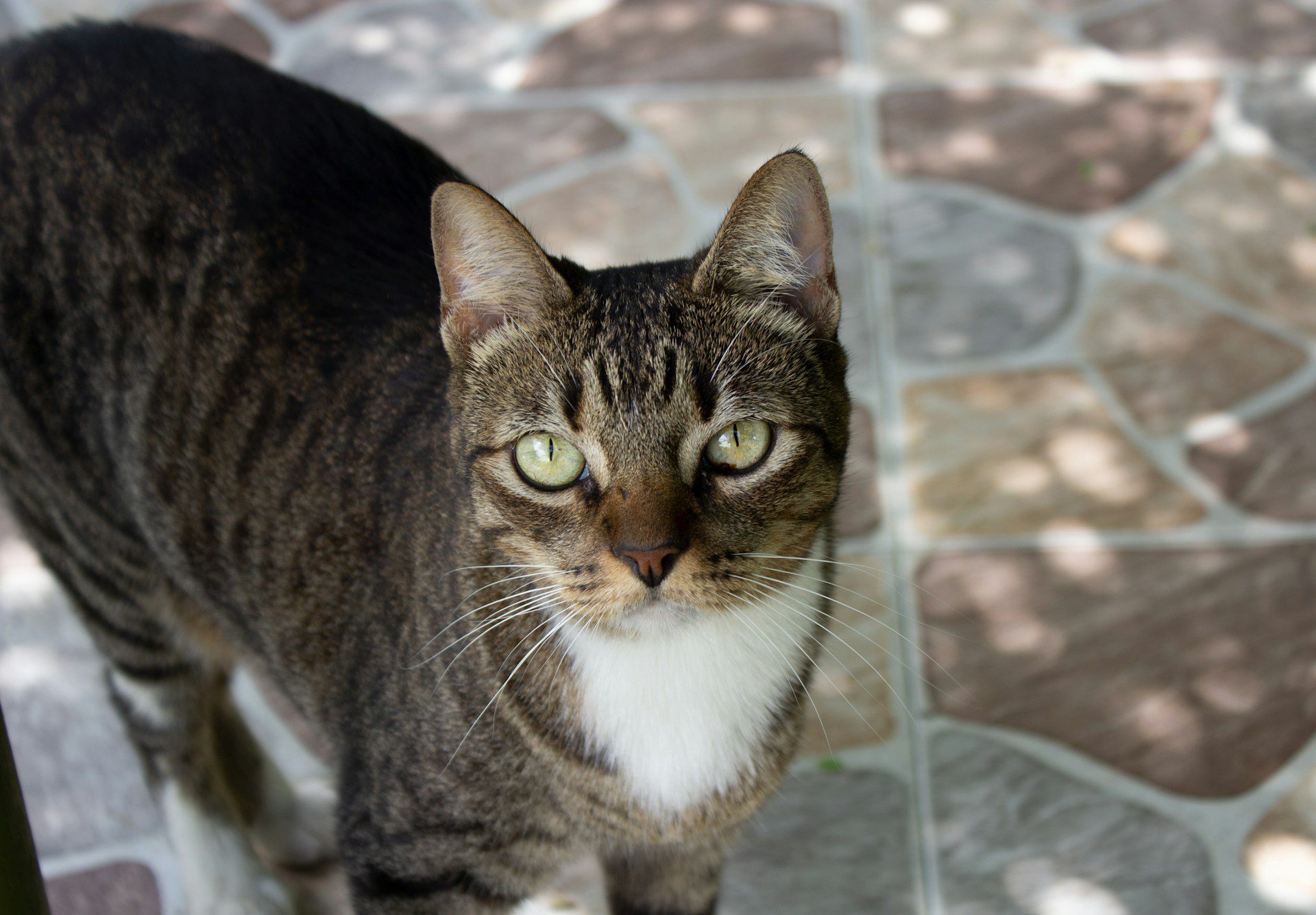Kneading in cats is a fascinating behavior often observed in domestic felines. This rhythmic motion of pushing their paws in and out against a soft object, usually while purring contentedly, has deep roots in a cat’s early kittenhood. Originally, kittens knead their mother’s belly to stimulate milk flow. As cats grow older, this behavior persists, evolving into a comforting action that signifies contentment and security. Experts believe kneading is a cat’s way of marking territory as well, since the pads of their paws contain scent glands that release pheromones. It’s also considered a preparatory action in which cats make their resting area more comfortable before settling down. Understanding why your cat kneads can enhance your bond, helping you appreciate this intriguing aspect of feline behavior. In this article, we’ll explore the reasons behind kneading in cats, its significance, and what it tells us about our furry companions’ emotional state and comfort needs.
Have you adopted a kitten? Congratulations on the new addition to your family! Before you know it, your tiny pet will probably have you wrapped around that little paw. Kittens are beyond cute. They can also be a bit of a handful. Over the next few months, Fluffy’s habit of kneading (or making biscuits, as it’s sometimes called) is something you may find yourself dealing with quite often . What’s that all about? A vet talks about this cute—and somewhat painful—habit below.
Basics
Kneading isn’t likely anyone’s favorite kitty behavior. After all, those little claws are sharp! Why do cats knead? Your fuzzy buddy isn’t deliberately trying to hurt you, in case you were wondering. It’s actually an instinctive behavior. When Fluffy was a nursing kitten, kneading helped stimulate milk flow. (This casts the momma cat in a whole new light since she could have several tiny balls of fur kneading her at once!)
Kneading In Adults
While that helps explain kneading in baby cats, what about adult felines? Why does Fluffy still make biscuits long after she’s officially full-grown? This means that your feline buddy actually sees you as a second ‘parent,’ so to speak. Rather than nursing, she’s exhibiting behaviors that she associates with feeling safe and loved. Notice how she purrs, and maybe she even looks quite happy when she kneads. Love hurts!
Other Pawsibilities
Reliving early kittenhood may not be the only reason Fluffy kneads. Kitty may actually be marking you as ‘hers since cats do have scent glands in their paws. There’s also a chance that your feline pal may just like to stretch her toes because it feels good.
Breaking The Habit
Considering why Fluffy still kneads, you should never punish her for this behavior. For one thing, she doesn’t realize it hurts you. And too, doing so could make her feel uneasy or unloved. You can try picking up her paw and gently rubbing it instead. That may still trigger a feeling of happiness or love, without the ouchies that actual kneading may cause you. Of course, as the saying goes, if you can’t beat ‘em, join ‘em. It may just be easier to put a towel or blanket on your lap before letting your furball get comfortable.
Managing and Understanding Kneading in Cats in 2025
How does dopamine relate to kneading?
Kneading in cats triggers the release of dopamine, a neurotransmitter associated with pleasure and reward. This behavior, often beginning in kittenhood, is instinctive and tied to the comfort of nursing. As kittens knead their mother’s belly, dopamine is released, enhancing feelings of contentment and security. This physiological response persists into adulthood, meaning that when adult cats knead, they are re-experiencing those early comforting sensations. Thus, kneading not only marks territory or stretches muscles but also psychologically reinforces feelings of safety and affection through dopamine release.
What alternatives are there to stopping kneading?
To manage a cat’s kneading behavior, rather than attempting to stop it, consider gentle redirection. Providing a soft blanket or a dedicated pillow for your cat can offer an appropriate surface where they can engage in this natural activity without discomfort to humans. Engaging in regular play sessions can also redirect excess energy and reduce the intensity of kneading. Additionally, trimming your cat’s claws can make their kneading less painful without discouraging the behavior itself, ensuring comfort for both the pet and its owner.
Are there products that can help with excessive kneading?
Yes, there are several products designed to help manage excessive kneading in cats. Cat-specific kneading pads or mats can provide a designated area for this behavior, often made from materials that mimic the textures cats find appealing. Additionally, specialized pet blankets and covers are available that are durable and comfortable, protecting furniture while allowing cats to knead safely. For those looking to protect their skin, lightweight arm guards can be worn to prevent scratches during lap time. These solutions enable cats to engage in their natural behaviors without causing discomfort or damage.
What medical conditions might increase kneading?
Certain medical conditions can increase the frequency or intensity of kneading in cats. For instance, anxiety or stress can lead to more pronounced kneading as cats seek comfort. Additionally, conditions that cause discomfort or pain, such as arthritis, might lead cats to knead more as a way to soothe themselves. It’s also important to consider that increased kneading could be a sign of neurological issues where repetitive behaviors become more common. If a cat’s kneading seems excessive or changes suddenly, it’s advisable to consult a veterinarian to rule out underlying health issues.
When should kneading be concerning?
Kneading in cats is typically a normal behavior, but it may become concerning under certain conditions. If kneading is accompanied by signs of distress, such as excessive meowing, changes in appetite, or unusual aggression, it could indicate underlying health issues. Additionally, if the kneading becomes obsessive or interferes with normal activities, it may be a sign of anxiety or discomfort. In such cases, a veterinary evaluation is recommended to ensure there are no medical or behavioral issues needing attention.
Please do not hesitate to reach out if ever we can be of assistance. As your local animal clinic in Bloomington, CA, we are here to help with all of your cat care ‘kneads.’



